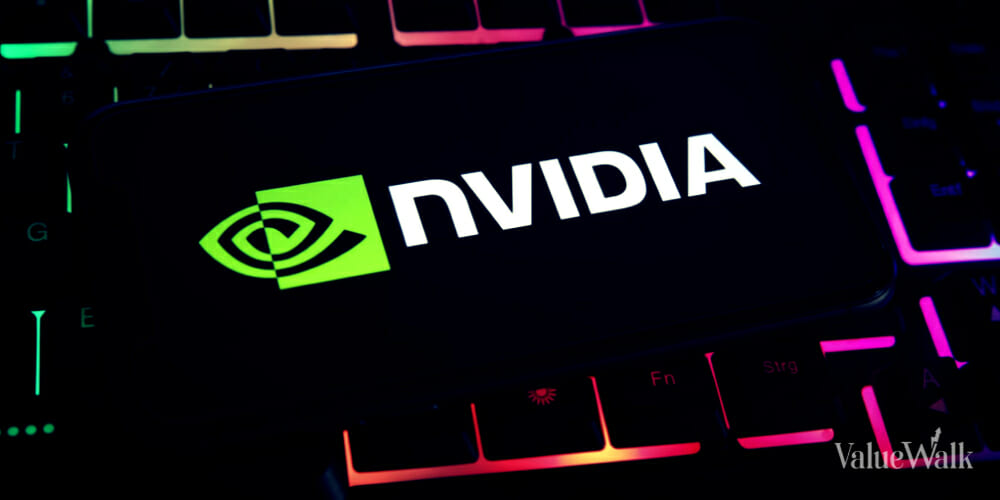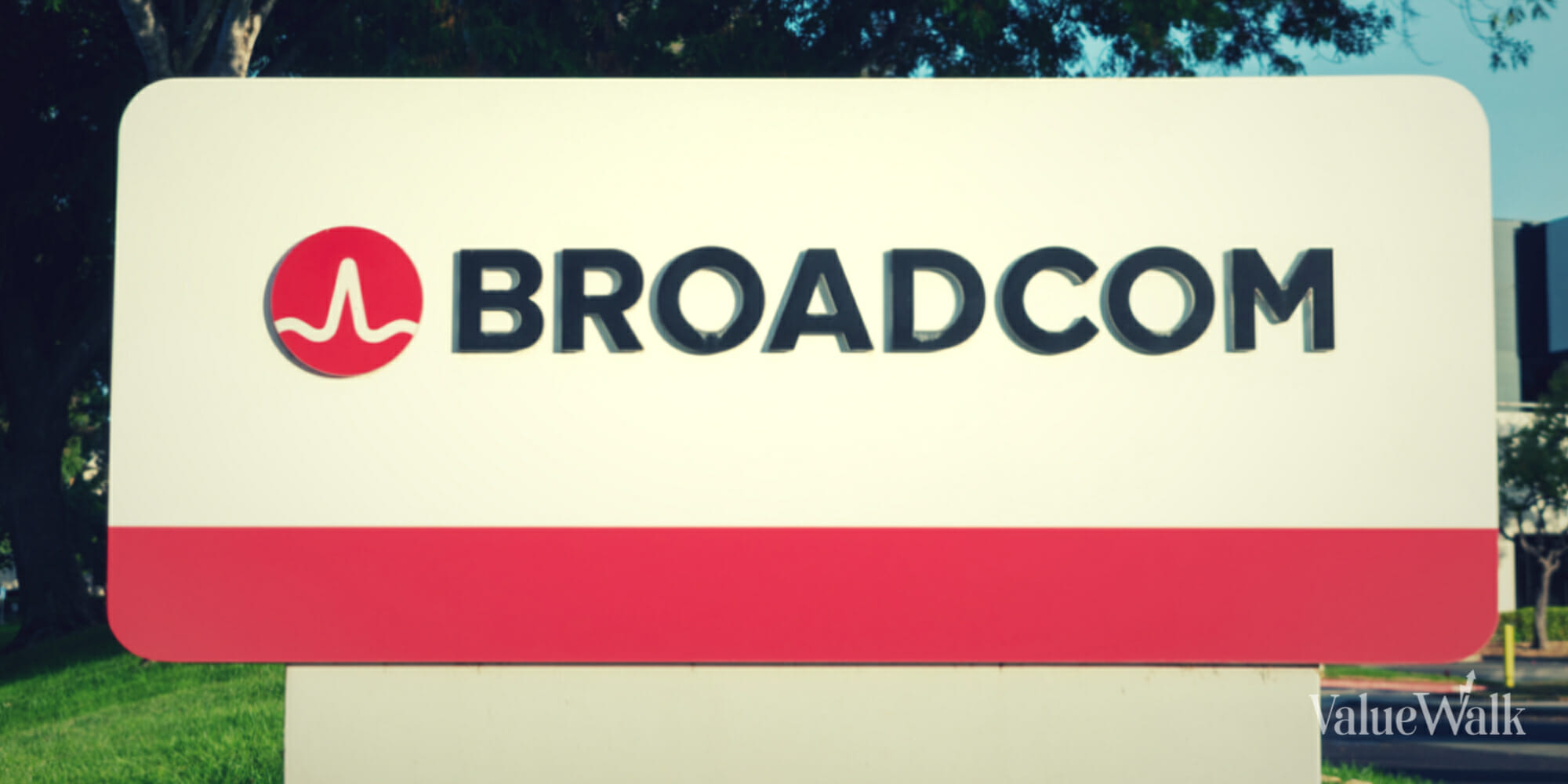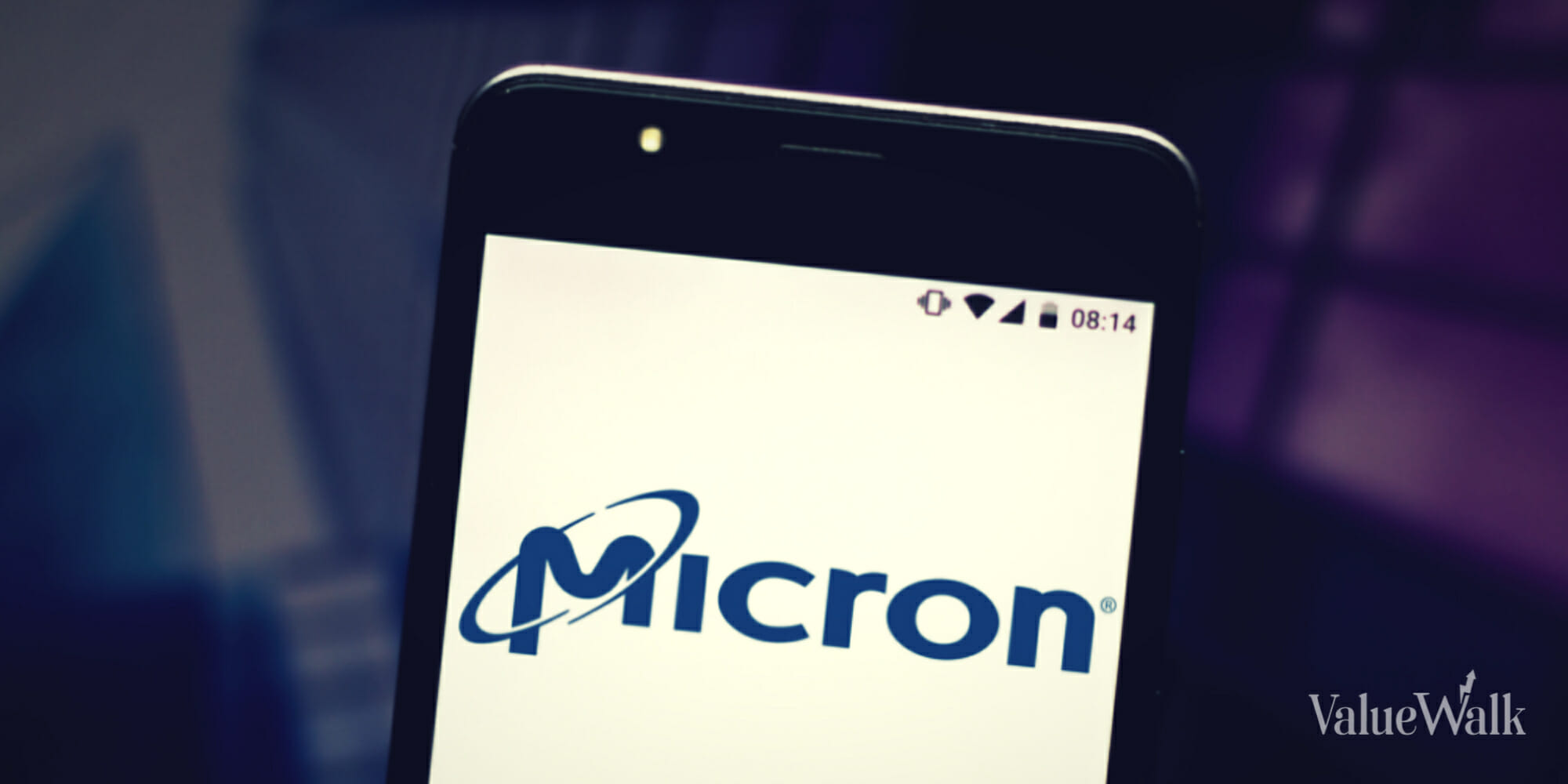10 Best AI Stocks

Over the past few years, no catalyst for growth has been greater than artificial intelligence, or AI. This phenomenon has occurred across industries, as just mentioning that a company is increasing its investments in AI can cause its stock price to skyrocket.
As NVIDIA CEO Jensen Huang said during the company’s fourth quarter earnings call, AI is a revolution that is ushering in an entirely new way of computing.
“What we are experiencing here in the United States, in the West, will inevitably be replicated globally, and we expect these AI generation factories to be in every industry, every company, every region… (T)he past year, we’ve seen generative AI really transform into a whole new application space, a whole new way of computing, and a whole new industry is forming, and that’s driving our growth,” Huang said.
Therefore, picking the best AI stocks is not easy due to the ubiquity of the technology. But because the AI revolution is still in its infancy, there are certain stocks that should thrive for years to come with AI at the heart of their business.
Here are 10 of the best AI stocks with long-term upside.

One . NVIDIA: Average annual 5-year return of 93.1%
NVIDIA (NASDAQ:NVDA) has become a leading AI stock based on its tremendous rise. The semiconductor giant makes AI-enabled graphics processing units (GPUs) for computers, cars, gaming systems, and other devices.
However, it generates most of its revenue from data centers where massive amounts of data are processed. NVIDIA controls approximately 98% of the GPU market in data centers, counting Microsoft, Amazon, Alphabet, Meta Platform, and other companies and institutions as customers.
NVIDIA’s profits have been phenomenal. The stock is up 230% in the last 12 months, and has delivered an average annual return of 93.4% over the past five years.

2. Microsoft: 27.5% average annual 5-year return
Is Microsoft (NASDAQ:MSFT) an AI stock? The answer, at least from this perspective, is yes.
Microsoft has a minority “economic interest” in OpenAI, one of the world’s largest AI companies, which created ChatGPT. Microsoft attempted to acquire OpenAI outright last year, but instead struck a partnership that established its Azure cloud computing platform as OpenAI’s exclusive cloud partner.
Microsoft also has a non-voting seat on the OpenAI board. This partnership established Microsoft as a leader in the field, with AI driving growth and increased market share in cloud computing.
Microsoft’s one-year return is 34% and its five-year annual return is 27.5%.

three. Broadcom: Average annual 5-year rate of return 35.0%
Broadcom (NASDAQ:AVGO) is another semiconductor stock based on AI chips. The company is poised to benefit from the 5G wireless boom because it primarily makes chips for wireless connectivity.
Broadcom’s chips power 5G networks and infrastructure. NVIDIA, on the other hand, focuses on generative AI GPUs that handle complex AI-based tasks over networks supported by Broadcom’s chips.
So while these two chip makers aren’t really competitors, they will both benefit from the AI boom as leaders in their respective fields. Additionally, Broadcom’s acquisition of visualization software producer VMWare last year will further diversify its revenue streams.
Broadcom has a one-year return of 105.9% and a five-year annual return of 39.0%.

4. Meta Platform: Average annual 5-year return rate of 20.5%
Meta Platforms (NASDAQ:META) is focusing its future on AI technology. The company plans to spend between $35 billion and $40 billion in capital expenses in fiscal 2024, much of which will go toward AI.
In fact, this is just the beginning, as CEO Mark Zuckerberg said in April: “We expect capital spending to continue to increase next year as we invest aggressively to support our ambitious AI research and product development efforts.”
That means he’s talking about investing in AI across the company’s business, from advertising to social media to the metaverse. Zuckerberg wants Meta to become the world’s best AI company.
Metaplatform recorded a one-year return of 89.5% and a five-year annual return of 20.5%.

5. Alphabet: 5-year average annual return of 25.2%
Like Meta, Alphabet (NASDAQ:GOOG) is embracing AI. Although it lagged behind its competitors in the AI arms race, it is making up for it with large-scale investments. three
Most notably, Alphabet launched its Gemini AI platform last year. Gemini will compete with offerings from Microsoft and OpenAI with AI capabilities that will be used across Alphabet’s cloud, Google, YouTube, Gmail and other businesses.
In the first quarter, Google Cloud grew revenue by 28%, with Gemini AI a key driver. We also doubled our capital spending in the first quarter to $12 billion to support our AI products and services and expect to maintain this level of spending in fiscal 24.
Alphabet stock has a one-year return of 40% and a five-year average annual return of 25.2%.

6. Arm Holdings: Up 98% since IPO in September 2023
Arm Holdings (NASDAQ:ARM) is a UK-based semiconductor company that began trading on Nasdaq in September. However, since then it has risen by about 98% to $111 per share.
Arm operates in a unique niche within the semiconductor space as it provides architecture or user documentation for chips that it licenses to other semiconductor companies in exchange for a royalty fee. Partners then customize and create their own chips based on their needs.
Arm-designed chips are also power efficient, which is a huge advantage over competing products. The company’s mission is to drive demand for its chips by reducing AI’s “insatiable” energy demands.

7. Micron Technology: Average annual 5-year return of 20.5%
Many of the semiconductor stocks on this list represent diverse parts of the industry, such as Micron Technology (NASDAQ:MU).
Micron specializes in producing memory chips and data storage chips for computers, smartphones, and data center servers. The company has seen a significant increase in sales from high-bandwidth memory (HBM) chips used in data centers for AI-related storage requirements.
“We are in the early stages of a multi-year growth phase driven by AI, as this disruptive technology will transform every aspect of business and society,” said Micron CEO Sanjay Mehrotra on the most recent earnings call. said.
Micron stock has returned 87.9% over the past year, with a five-year average annual return of 29.1%.

8. Symbolic: 3-year average annual return 44.8%
Symbotic (NASDAQ:SYM) makes robots used in stores to automate warehouse operations. The autonomous robot developed by Symbotic informs its functions based on AI technology. The company’s customers include Walmart and Target, two of the largest retailers.
Symbotic is a relatively new company and has not been very profitable, posting a net loss of $41 million in its most recent quarter. However, revenue increased about 58% year-over-year to $424 million, and the company expects revenue of $450 million to $470 million this quarter.
Symbotic stock is trading at $41 per share and has a price target of $58, so analysts expect big growth. The stock is up 33% over the past year, with a three-year average annual return of 44.8%.

9. AMD: Average annual 5-year return rate of 42.3%
Advanced Micro Devices (NASDAQ:AMD) is a direct competitor to NVIDIA, specializing in GPU chips for computers and gaming. It lagged behind NVIDIA in the development of AI-enabled chips.
But it is making up for lost time by investing heavily in AI to undermine NVIDIA’s massive market share advantage. Last year, AMD launched the Instinct MI300 AI chip, designed for high-performance computing and data centers.
The chip is the fastest-growing product in the company’s history. In the first quarter, AMD’s data center revenue grew 80% year over year, driven by AI chips, and that trend should continue.
AMD stock is up 48.3% over the past year, with a five-year average annual return of 42.3%.

10. IBM: Average annual 5-year rate of return 5.5%
International Business Machines, better known as IBM (NYSE:IBM), has been given new life in the AI era. Through its watsonx platform, IBM has carved out a niche for ensuring the accuracy of AI content and data with software used to manage AI models in enterprises.
Watsonx is also used to train, evaluate, and develop AI models. Since the platform launched last year, IBM has grown every quarter and already has a book of business worth $1 billion. This growth engine and IBM’s cheap valuation of 19 P/E are noteworthy.
IBM stock is up 33.6% over the past year and has a five-year average annual return of 5.5%.
What is AI?
AI is a technology designed to perform tasks that require human intervention, such as digital assistants, self-driving cars, and GPS. They can do so through algorithms that attempt to model the human decision-making process using data.
The more data AI collects, the more it can “learn” and make better decisions. This process is also called machine learning.
Generative AI is another term you hear a lot. This refers to so-called “deep machine learning,” where AI models can process large amounts of raw data that is not supervised or structured by human intervention and use all that data to generate new content.
We are still in the formative stages of AI, so it remains to be seen what the future holds. But this technology will certainly disrupt industries, create new industries, raise data privacy and ethics issues, and be subject to regulation as it develops.
Risks of investing in AI stocks
Because the technology is so intertwined with every business, it will become increasingly difficult to categorize AI stocks in the coming years.
These are like the early days of personal computer and Internet stocks. Companies that we know little about now or haven’t even heard of yet will grow into giant corporations. For each of these, there will be many that are either acquired or swept into the dustbin of history. Does anyone remember Lycos, Excite or eToys.com?
Therefore, investors must be very careful in finding the next high-flying stock, as almost any company could easily become the next bankrupt. One of the metrics investors should look for is profitability.
If a company is unprofitable, or at least moving in that direction, it could be a red flag. This is especially true if revenue is not growing robustly. A bigger red flag are companies that have high valuations but fail to generate consistent profits.
The best around
This list reflects large, established brand companies that will be around for years to come and benefit from the AI wave.
However, because it is a rapidly developing industry, investors will want to pay attention because AI should be a long-term growth driver.



